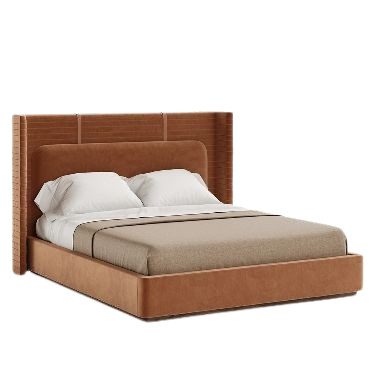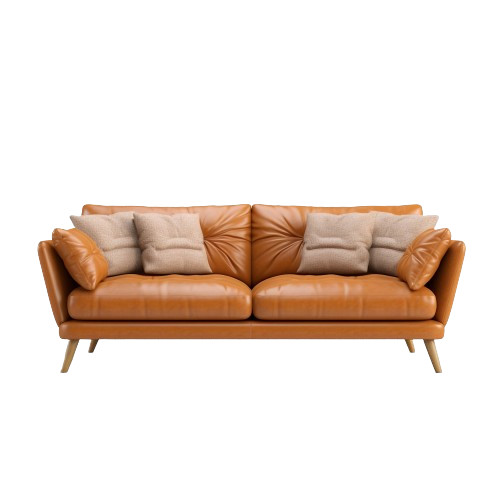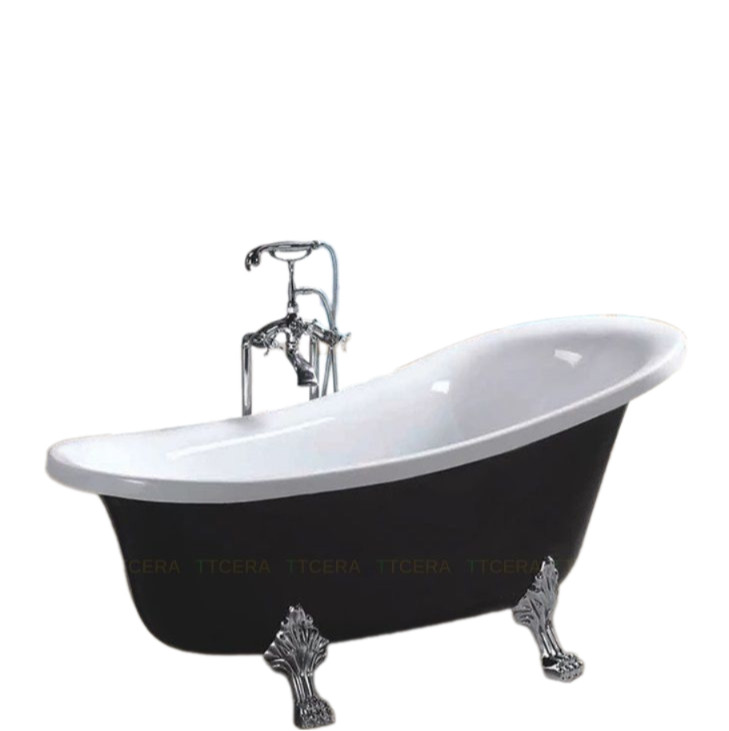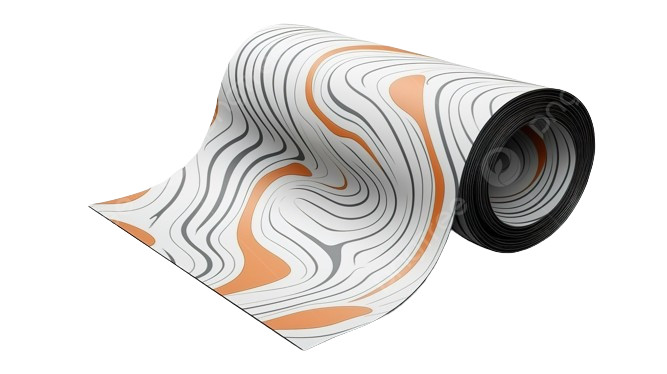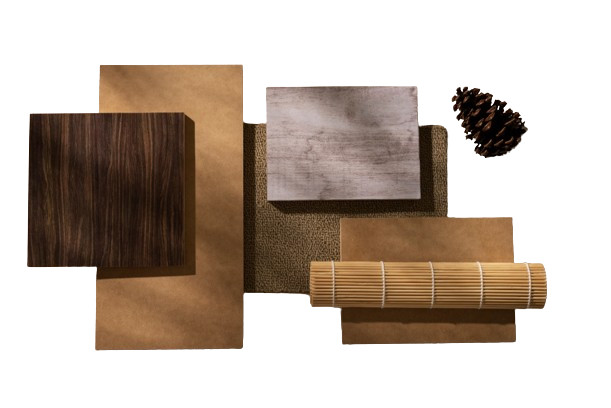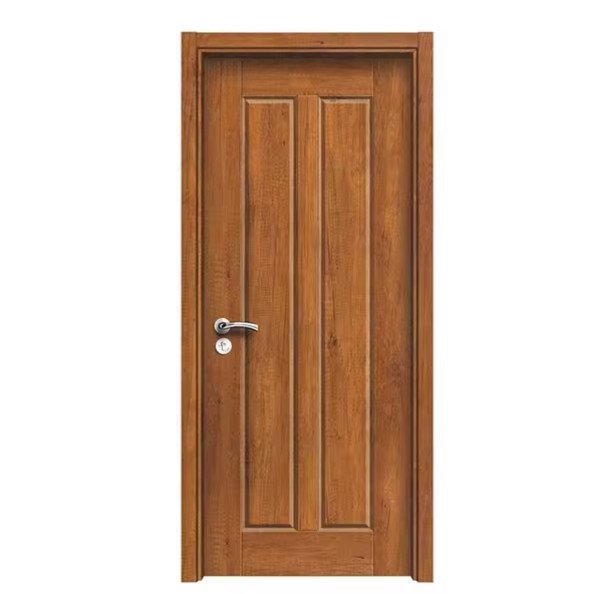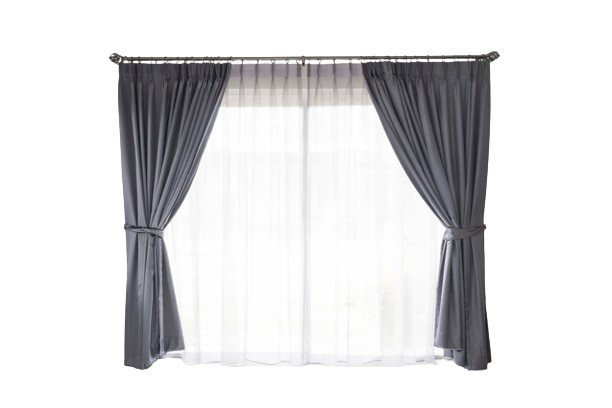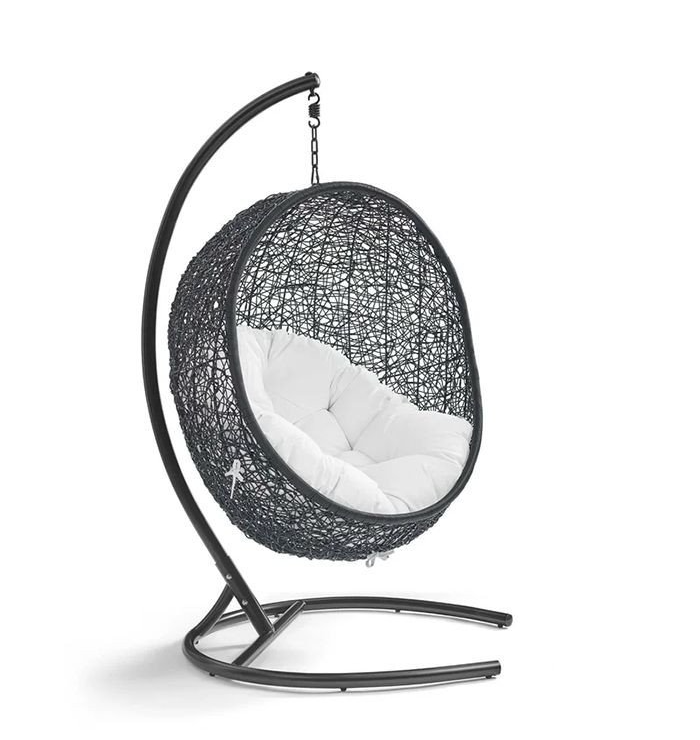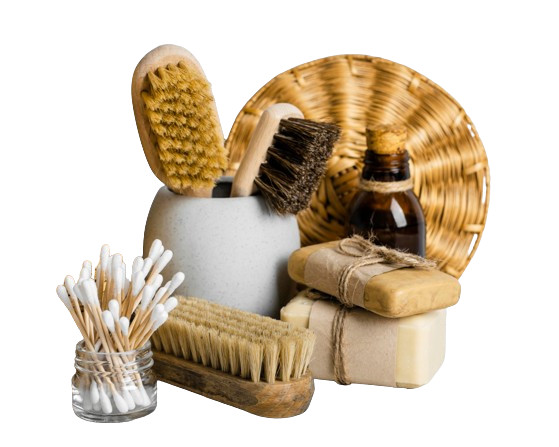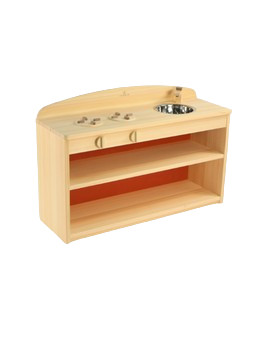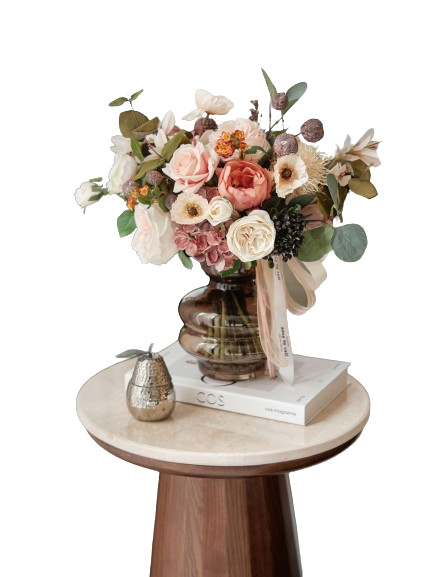DURABLE BEAUTY
THE MARTINDALE & WYZENBEEK FABRIC RUB TESTS
Martindale and Wyzenbeek are two names that are unusual in the textile industry. They are tests for friction and abrasion on textiles, which help determine the material's quality and longevity. Reputable furniture brands carefully consider the results of the two tests mentioned above when selecting the best materials for their products. Let's examine the significance and growing interest in the Wyzenbeek and Martindale test in the furniture industry in this post with Adorn Museum.
There are two widely used techniques to forecast a material's durability: the Wyzenbeek and Martindale tests. The two "fathers" of these two inventions, Andrew Wyzenbeek and JG Martindale, are honored in the names of these two techniques. These are independent tests, though, and they test several qualities. Therefore, passing one exam does not guarantee passing another.
In North America, Wyzenbeek is the recommended test, although Martindale is the favored option in Australasia. Martindale is frequently used for wool and natural fibers, while Wyzenbeek is typically used for synthetic fibers.
2. Wyzenbeek Test
In North America, the Wyzenbeek test (ASTM D4157) is often used to determine a fabric's abrasion resistance. Using this technique, a piece of metal mesh (wire screen) or cotton canvas (cotton duck) will be securely clamped on a particular machine and rubbed against the cloth that needs to be examined. Until they start to exhibit wear, the machine moves in two perpendicular directions: back and forth in the warp and weft.
For instance, a fabric sample is put through another 5,000 cycles if it continues to hold its strength after every 5,000 double rubs. The endpoint has been achieved when there is noticeable fraying or when there are two yarn breaks; the abrasion resistance of that fabric will then be assessed based on the endpoint (final point) at which it has overcome.
Some terms to pay attention to:
- Every movement from side to side is a "double rub."
- An abrasive is a wire screen or cotton canvas.
- When there are two consecutive broken threads in the examined fabric sample, that is the "endpoint".

In Wyzenbeek testing, cotton canvas is typically used as an abrasive. However, in certain instances, they also employ a metal mesh as an abrasive. Fabric samples with a high level of abrasion resistance, like olefins, are frequently used for testing in these situations. Following the trial, the fabric must withstand double rubbing 15,000 times for residential appliances and 30,000 times for larger-scale commercial uses (such as restaurants, conference rooms, and hotels). Furthermore, the demand may be 30,000 times higher for major commercial and economic establishments like stadiums and theaters.
3. Martindale Test
The recommended test for determining a fabric's abrasion resistance in Europe is Martindale (ASTM D4966), which is acknowledged globally. Using a wool cloth or metal mesh, the fabric is rubbed in a spinning figure-8 pattern by a specialized oscillation machine. Here, the wool cloth or metal mesh serves as the abrasive, and each number eight represents a cycle.

The Martindale test assesses wear resistance in several directions, whereas the Wyzenbeek test only measures wear in a back-and-forth motion. The number of cycles completed before the cloth starts to exhibit wear is how the Martindale test findings are presented. Wear and tear is indicated if two or more fibers are damaged, clumpy, or have holes in them. The Martindale test results and practical applications are shown below.


Although a larger number might equal higher quality, this isn't necessarily the case. For instance, a cloth may not survive forever if it receives more than 100,000 double rubs or cycles. The general durability of fabric is influenced by a variety of factors, including how it is used, cleaned, and preserved. A piece of cloth labeled as having been rubbed 300,000 times does not guarantee that it will endure ten times longer than a cloth labeled as having been rubbed 30,000 times. Numerous elements, including fiber content, weave, finish, upkeep, cleaning, and usage, frequently influence a fabric's real performance. Abrasion is just one of several performance tests that go into determining fabric durability; other tests include durability, pilling, and seam sliding.
ADORN MUSEUM
Location: O-1, TM.01, 1st Floor, Orchid 1 Tower, Hado Centrosa Garden No.200 3/2 Street, Ward 12, District 10, Ho Chi Minh City, Viet Nam.
Hotline: (+84) 28 3930 3428
E-mail: support@adornmuseum.com
Operation time:
8:30 - 17:30, Monday - Friday & 8:30 - 12:00, Saturday

